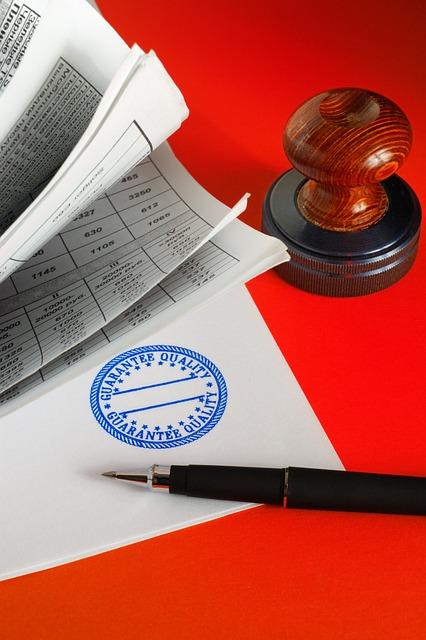In the realm of landscape and urban planning, navigating the legal landscape surrounding tree permits can be a complex and intricate process. Tree Council Permits play a crucial role in ensuring that tree removal, upkeep, and management align with local zoning regulations and environmental preservation efforts. Permit requirements can vary depending on the jurisdiction, with some areas mandating permits for tree removal on non-residential property or within specific landscape areas maintained by homeowners associations. Understanding the intricacies of these permits is essential for developers, homeowners, and landscaping professionals alike. The journey through this legal framework requires a keen eye for detail and a dedication to environmental stewardship. By delving into the regulations outlined by municipalities such as Palm Beach County[1], San Juan Capistrano[2], and areas with invasive species regulations like Greece[3], individuals can gain insight into the complexities of acquiring and complying with Tree Council Permits. Join us as we explore the intricacies of this legal landscape and shed light on the importance of responsible tree management.
When it comes to dealing with Tree Council permits, understanding their purpose and navigating the legal landscape is crucial for a successful application process. Before applying for a Tree Council permit, consider the key factors below:
- Tree Preservation: Tree Council permits are typically required for activities like pruning or removing trees, especially Heritage or Street trees.
- Community Ordinance: Some areas have specific regulations regarding tree preservation and maintenance, so familiarize yourself with the local laws.
- Urban Forestry Programs: Being aware of community forestry programs can provide insights into the value placed on tree preservation in your area.
When navigating the legal requirements for obtaining a Tree Council permit, it’s essential to follow the guidelines set by your local jurisdiction. Check with the Planning Division or Urban Forestry Division for specific permitting processes and regulations. To successfully obtain a permit, consider these tips:
- Complete Documentation: Ensure your application is thorough and includes all required information to expedite the review process.
- Consult Experts: If unsure about regulations or tree care practices, seek guidance from arborists or tree professionals.
- Communicate Effectively: Keep open lines of communication with the permitting authorities to address any concerns or questions promptly.
While applying for Tree Council permits, be mindful of common pitfalls to avoid:
- Missing Deadlines: Failure to submit applications on time could delay your project or result in penalties.
- Ignoring Regulations: Non-compliance with tree preservation laws can lead to fines or legal actions against you.
- Skipping Approval: Always wait for official approval before starting any tree-related work to avoid legal consequences.
Q&A
Q: What are protected tree regulations in the City of Los Angeles?
A: In the City of Los Angeles, protected trees cannot be relocated or removed except as provided in Article 7 of Chapter 1 or Article 6 of Chapter IV of the City Code[1].
Q: How should municipalities in Rhode Island handle penalties related to street tree ordinances?
A: Municipalities in Rhode Island are advised to have their legal council review any penalties clauses in street tree ordinances to determine the most suitable and effective approach for administering penalties[2].
Q: What restrictions apply to the relocation or removal of protected trees in the City of Los Angeles?
A: In the City of Los Angeles, no person is allowed to relocate or remove any protected tree as defined in Section 46.01 unless the protected tree is regulated pursuant to Article 6 of the City Code[3].
Conclusion
obtaining a Tree Council Permit can be a crucial step in navigating the legal landscape when it comes to tree protection and landscaping regulations. Understanding the requirements and procedures outlined in articles such as Article 20[2] can help ensure compliance and the preservation of green spaces within urban environments. Stay informed about local ordinances and guidelines to facilitate a smooth process when seeking approval for tree-related projects in your area. For further information or assistance, refer to resources like city annual reports[1] and city council agendas[3].Navigating these regulations responsibly can contribute to the conservation and sustainability of our urban ecosystems.
Simpsons Tree Services, Servicing Melbourne’s North Eastern Suburbs
Book a quote online at www.simpsonstrees.com.au




